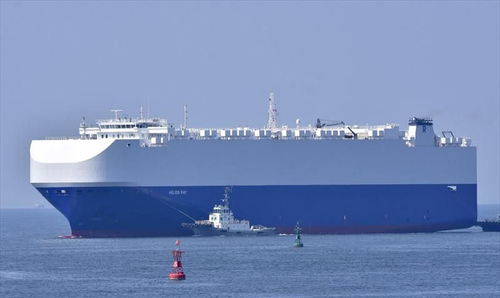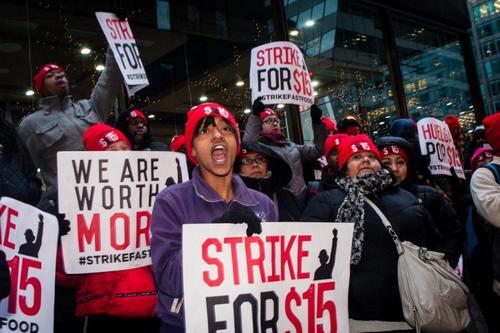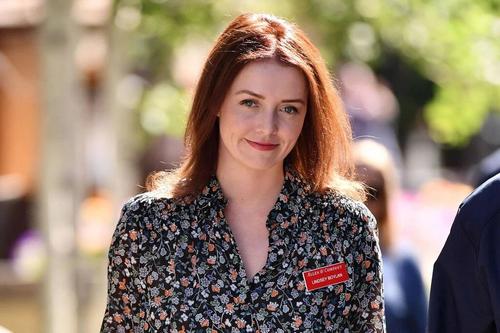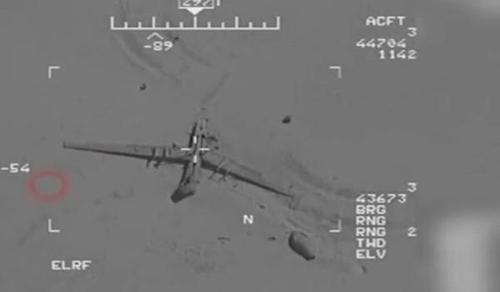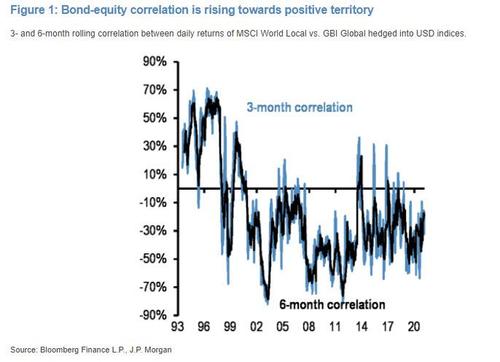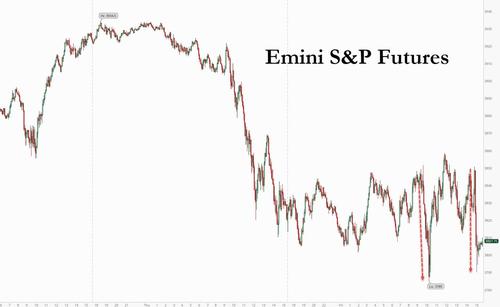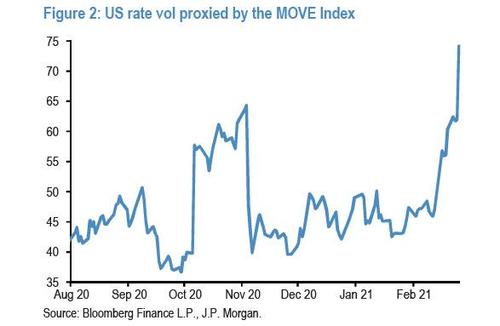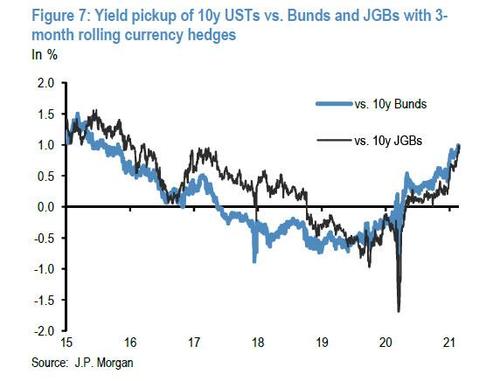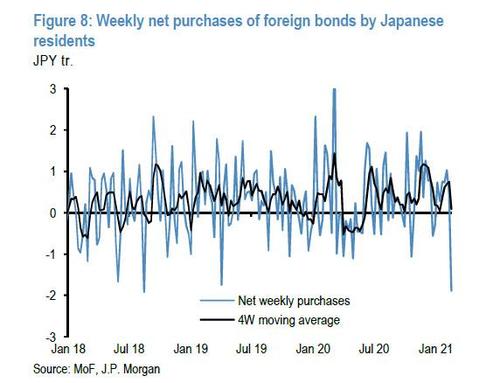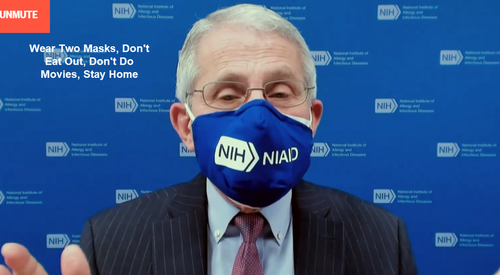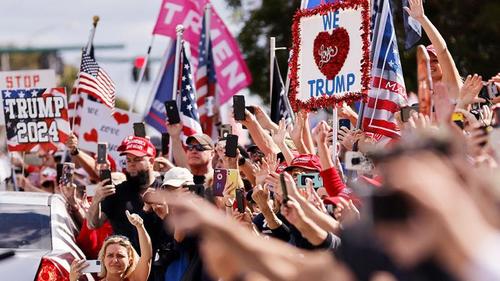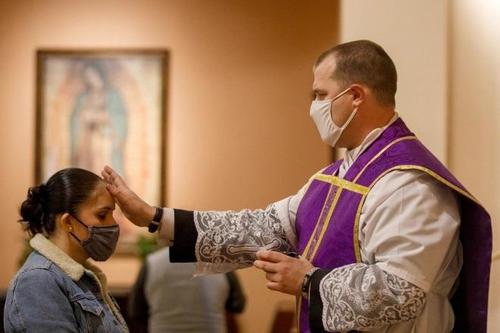Late on Friday afternoon, when an FDA panel unanimously endorsed the J&J Covid vaccine finding that its benefits outweigh any risks, we wrote that the “FDA could now give the green light to the single-dose vaccine as early as Saturday, and it probably will.” And just after 6pm on Saturday, that’s precisely what happened when the Food and Drug Administration on Saturday authorized Johnson & Johnson’s single-shot, non-mRNA Covid-19 vaccine for emergency use for people 18 and older beginning the rollout of millions of doses of a third effective vaccine that could reach Americans by early next week.
The announcement come following weeks of steep declines in coronavirus cases (which however may have stabilizied in recent days) and millions of Americans are on waiting lists for shots.
The FDA’s decision comes after a Wednesday report according to which the J&J shot is highly effective at preventing severe Covid-19, with no serious side effects.
On Sunday, a committee of vaccine experts who advise the Centers for Disease Control and Prevention will meet to discuss whether certain population groups should be prioritized for the vaccine, guidance that state health officials have been eagerly awaiting in anticipation of the F.D.A.’s authorization.
Joe Biden hailed the vaccine’s authorization, calling it “exciting news” in a statement on Saturday.
“Thanks to the brilliance of our scientists, the resilience of our people, and the eagerness of Americans in every community to protect themselves and their loved ones by getting vaccinated, we are moving in the right direction,”
That said, we are confident that Trump – under whose watch operation WarpSpeed was launched – could say the exactly same thing and have more credit.
Johnson & Johnson has pledged to provide the United States with 100 million doses by the end of June. When combined with the 600 million doses from the two-shot vaccines made by Pfizer-BioNTech and Moderna scheduled to arrive by the end of July, there will be more than enough shots to cover any American adult who wants one.
But federal and state health officials are concerned that even with strong data to support it, some people may perceive Johnson & Johnson’s shot as an inferior option. That’s because the new vaccine’s 72% efficacy rate in the U.S. clinical trial site falls short of the roughly 95% rate found in studies testing the Moderna and Pfizer-BioNTech vaccines. Across all trial sites, the Johnson & Johnson vaccine also showed 85 percent efficacy against severe forms of Covid-19 and 100 percent efficacy against hospitalization and death from the virus.
“Don’t get caught up, necessarily, on the number game, because it’s a really good vaccine, and what we need is as many good vaccines as possible,” Anthony Fauci said in an interview with the NYT on Saturday. “Rather than parsing the difference between 94 and 72, accept the fact that now you have three highly effective vaccines. Period.” And when it comes to pitching “ballpark” figures who better than the person who admitted to lying about herd immunity to trick Americans into getting the vaccine.
If Johnson & Johnson’s vaccine would have been the first to be authorized in the United States instead of the third, “everybody would be doing handstands and back flips and high-fives,” said Dr. James T. McDeavitt, dean of clinical affairs at the Baylor College of Medicine.
As a reminder, unlike Pfizer and Moderna, J&J’s vaccine is made from a common cold virus that doesn’t replicate in the body but triggers an immune response to fight off infection. In the U.S. portion of a more than 43,000-person global trial, it was found to be 72% effective at preventing moderate to severe Covid.
To create this vaccine, the Johnson & Johnson team took a harmless adenovirus – the viral vector – and replaced a small piece of its genetic instructions with coronavirus genes for the SARS-CoV-2 spike protein.
After this modified adenovirus is injected into someone’s arm, it enters the person’s cells. The cells then read the genetic instructions needed to make the spike protein and the vaccinated cells make and present the spike protein on their own surface. The person’s immune system then notices these foreign proteins and makes antibodies against them that will protect the person if they are ever exposed to SARS-CoV-2 in the future.
The adenovirus vector vaccine is safe because the adenovirus can’t replicate in human cells or cause disease, and the SARS-CoV-2 spike protein can’t cause COVID–19 without the rest of the coronavirus.
Policy makers claim they have been eager to get more people immunized before virus mutations can take firmer hold in the U.S. J&J’s vaccine provided less protection against the new variants, trial data suggested. In Brazil, the shot was 68% effective against moderate-to-severe disease 28 days after vaccination, while in South Africa it was 64% effective. But across the globe, including in countries with emerging variants, the shot successfully prevented all hospitalizations and deaths.
Speaking to Bloomberg, Mathai Mammen, the head of global research and development for J&J’s pharmaceutical division, said in an interview last month that it’s impossible to compare overall efficacy levels between the vaccines, given that the trials were carried out in different locations at different times in the course of the pandemic.
“What people fear is getting sick, so sick they have to go to an emergency room, or hospital, and even die,” he said “This vaccine, in a single shot, protects completely from that kind of fear.”
J&J is still testing a two-shot regimen in a large, global trial that is expected to produce results before year-end. Like Pfizer and Moderna, the company is working on boosters tailored to the variants. And it plans studies soon in children, pregnant women and the immunocompromised. J&J executives have said the company will charge no more than $10 a dose for the vaccine during the pandemic — a price at which it won’t profit. The Pfizer-BioNTech vaccine costs the U.S. $39 for the full regimen, and the Moderna vaccine costs $33 for both doses.
* * *
In any case, Johnson & Johnson has said it will ship nearly four million doses as soon as the F.D.A. authorizes distribution and another 16 million or so doses by the end of March. That is far fewer than the 37 million doses called for in its $1 billion federal contract, but the contract says that deliveries that are 30 days late will still be considered timely. The federal government is paying the firm $10 a dose for a total of 100 million doses to be ready by the end of June, substantially less per dose than it agreed to pay Moderna and Pfizer.
More importantly, Johnson & Johnson’s one-dose vaccine might allow states to rapidly increase the number of people who have been fully inoculated. Unlike the other two vaccines, it can be stored at standard refrigeration temperatures for at least three months.
Dr. Danny Avula, the vaccine coordinator for Virginia, said the Johnson & Johnson shipments would increase the state’s allotment of vaccine next week by nearly one-fifth. “I’m super-pumped about this,” he said. “A 100 percent efficacy against deaths and hospitalizations? That’s all I need to hear.”
He said the state was planning mass vaccination events specifically for the Johnson & Johnson vaccine, partly to quell any suspicion that it is a lesser product targeted to specific groups.
“It will be super clear that this is Johnson & Johnson — here’s what you need to know about it,” he said. “If you want to do this, you’re coming in with eyes wide open. If not, you will keep your place on the list.”
